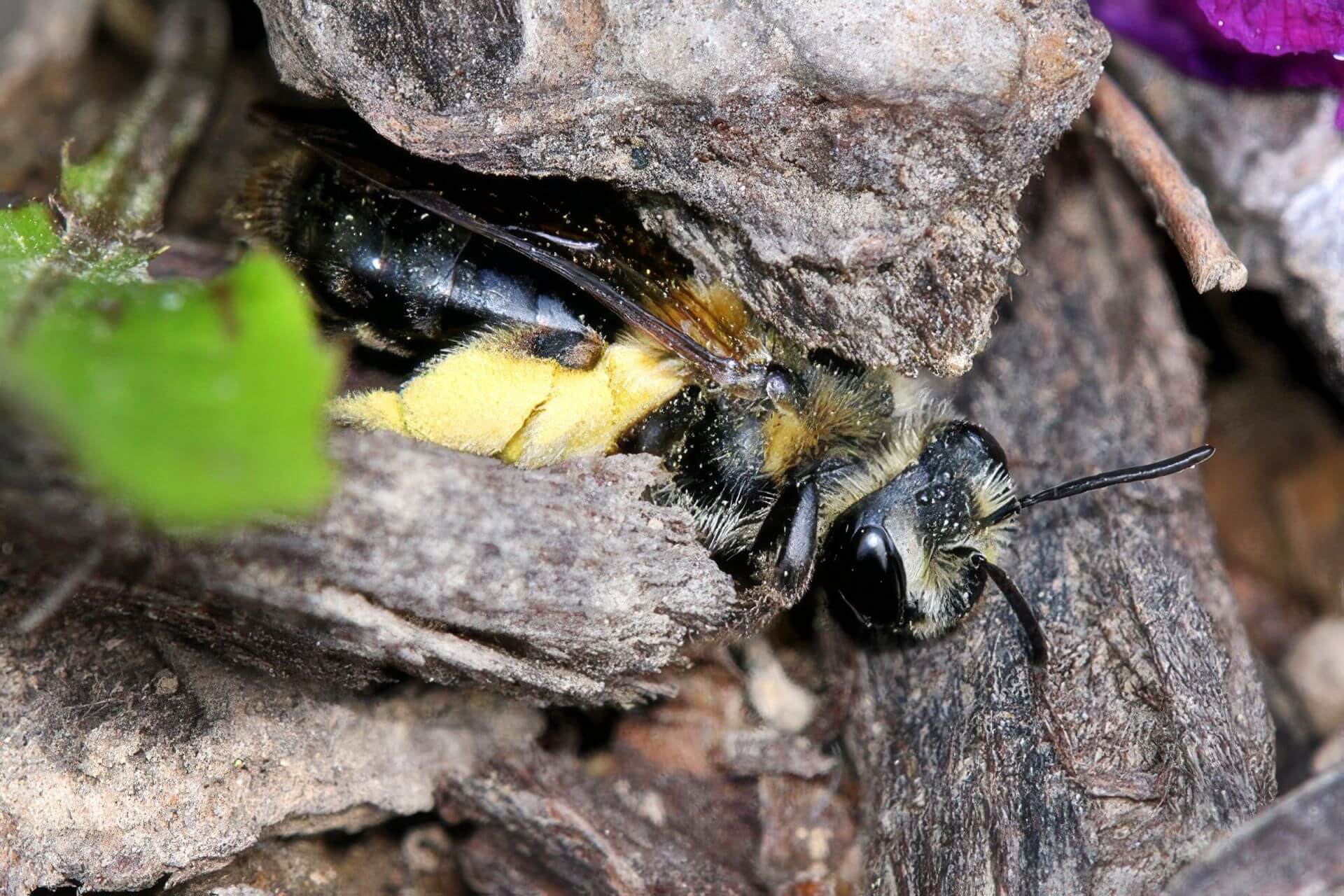
Facebook ruined the word “friend.” It made friends inconsequential, such that only a loser has fewer than fifty thousand. It made friend into a verb, something you must do: “Please friend me today!” And Facebook made it seem logical to friend your urologist or defense attorney — the same people you cross the street to avoid.
Nevertheless, we survived this ridiculous language revision and we still have traditional friends. Real friends. Of these, I especially treasure my bee friends because we always have something to discuss. Even if we haven’t communicated in 10 years, it takes only seconds before we’re trading tales of swarms, supersedures, and stings. Or comparing honey harvests and hive hostility as if we haven’t missed a wing beat.
What follows is a tale of someone who bee-friended me, someone who at first seemed as irritating as a gnat. I wrote it to remind myself that friendships can have unlikely beginnings and can slip away in a wink. And ultimately it’s a warning to guard your precious connections instead of allowing them to languish under the clutter of daily life.
An arrogant beginning
I first encountered Glen on my website after I wrote a post explaining why I don’t recommend soaking mason bee cocoons in chlorine bleach before winter storage. His initial comment was a lengthy diatribe enumerating the many reasons I was dead wrong.
Such ranting is not uncommon on websites regardless of the topic, so I assumed he was just another pompous know-it-all. Still, I answered as politely as possible, acknowledging his concerns and restating my own. The end.
Except it wasn’t. A few days later he expanded on my shortcomings, this time regarding mason bee tube length, diameter, and material. We went back and forth for days until, à propos of nothing, he wrote, “If you promise not to reveal the location to anyone, I will show you a sprawling bee aggregation in Tumwater. You might know what they are.”
Okay, this was creepy, right? A guy who hates everything I say lives nearby and wants me to join him at a secret location. I’m (usually) not stupid, so why did I agree? Truth is, I simply cannot resist an aggregation of bees.
The next day I waited in my pickup in the designated parking lot of a mini-mart, questioning my sanity. I scrutinized every vehicle, trying to decide if he might belong to one of them. I don’t know what I expected, but not the ancient, faded flatbed loaded to the gills with gardening tools held upright in a sort of cage. Shovels, rakes, cultivators, sidewalk scrapers, hoes, spades, picks, and brooms branched from the deck like a spindly tree in winter — a cartoonist’s take on a maintenance truck.
A residential rendezvous
Without hesitation, Glen parked and walked toward me as if he’d known me forever (also creepy). With no introduction, he told me to follow. He said the house we would visit belonged to the local school district, and some sort of meeting could be in progress there. He explained he worked for the district, which owns many properties besides schools, mostly gifted houses used for projects and training sessions. News to me.
I followed him into the driveway of a charming house in an older residential area with heaving sidewalks and mature gardens. It had a full-width front porch above a manicured lawn lined with blooming trees and flowering bushes. Through the front window, I saw people milling about.
With scarecrow limbs and shoes like paddles, Glen’s build echoed his jaunty collection of tools. He wore cargo pants, a short-sleeved shirt, and a cocky Irish flat cap. His nose was straight above a chestnut beard and wide smile. Though I stretched to my full height, my eyes leveled just above his belt.
He put a finger to his lips, nodding toward the house. Then he pointed to the shrubbery lining the porch: “Look, down there!” And there they were. Busy, wholesome-looking Andrena bees puzzled their way through a maze of cedar mulch into the ground below. Each bee, about the size of a honey bee, carried fluffy pillows of pineapple-colored pollen on stout rear legs.


